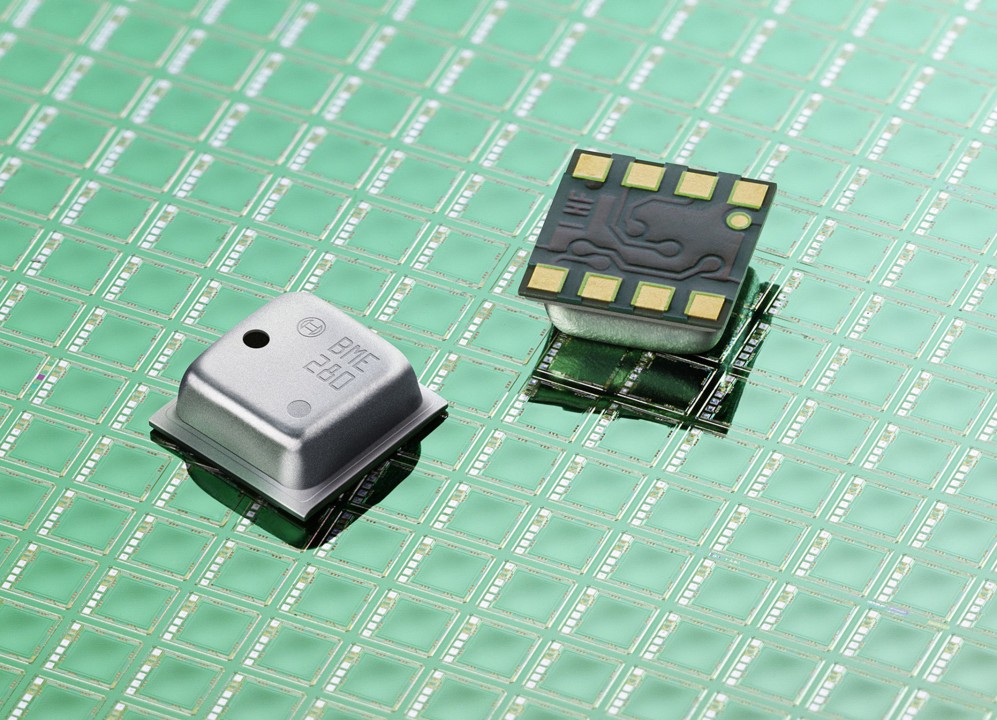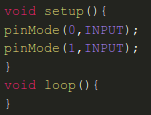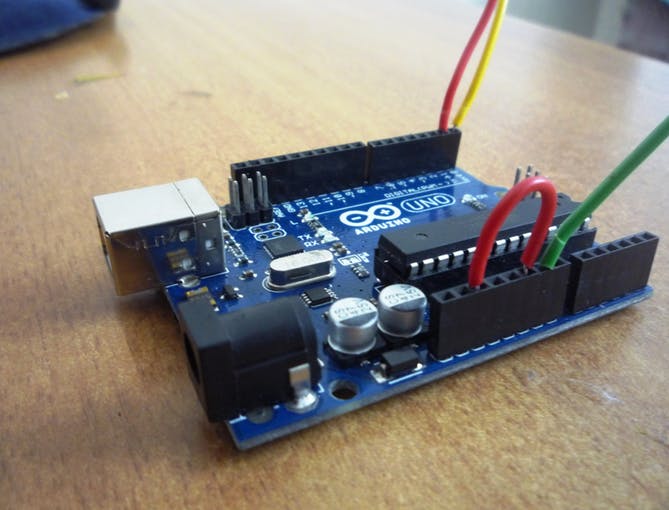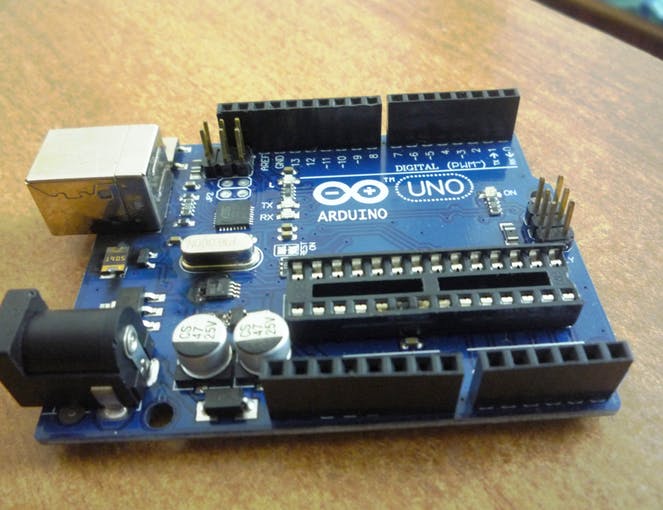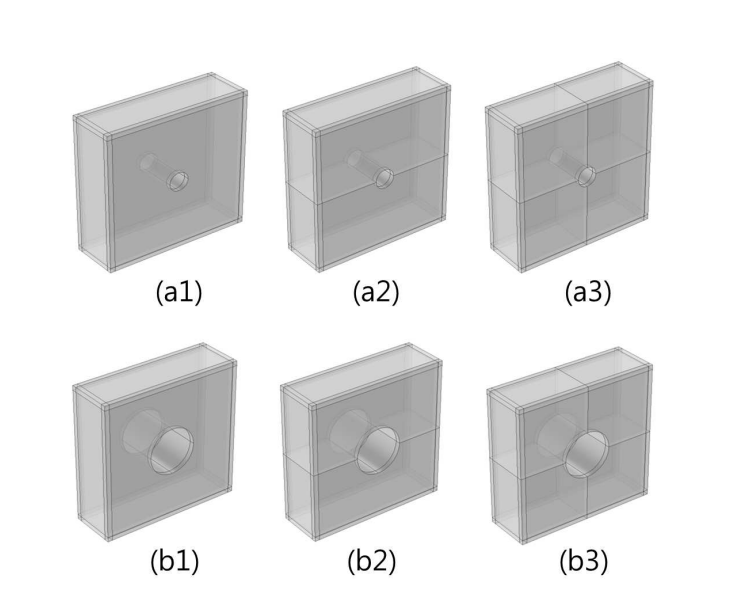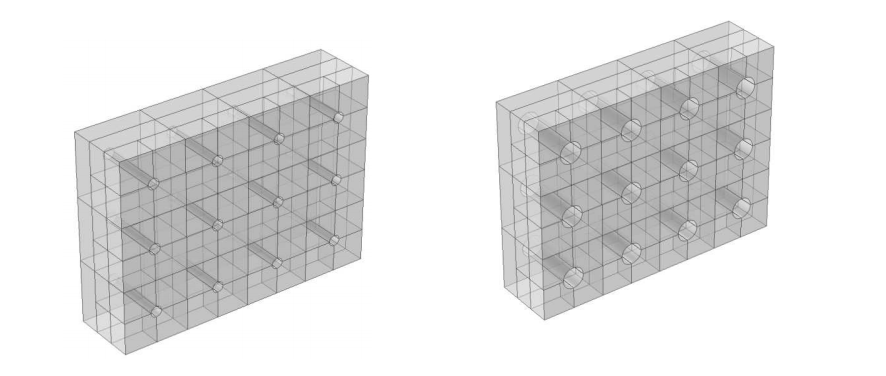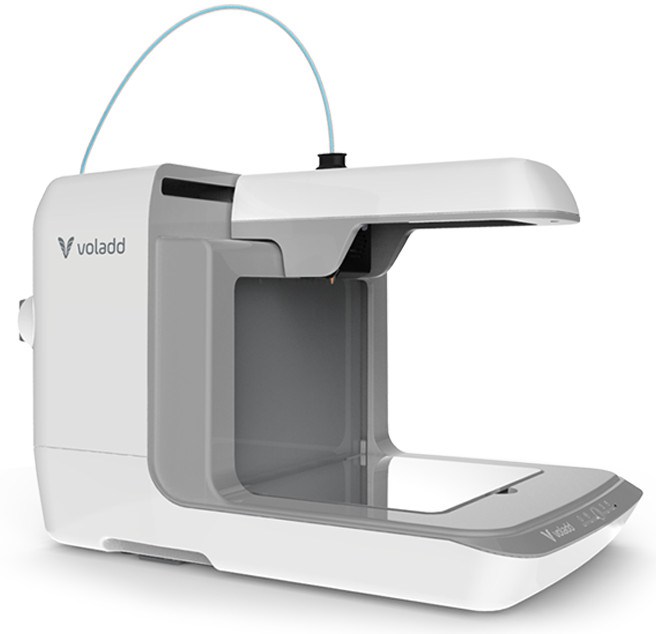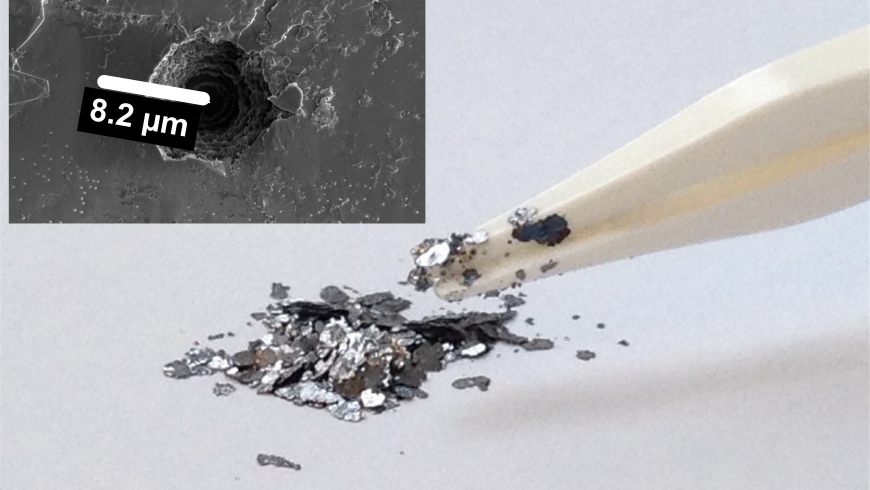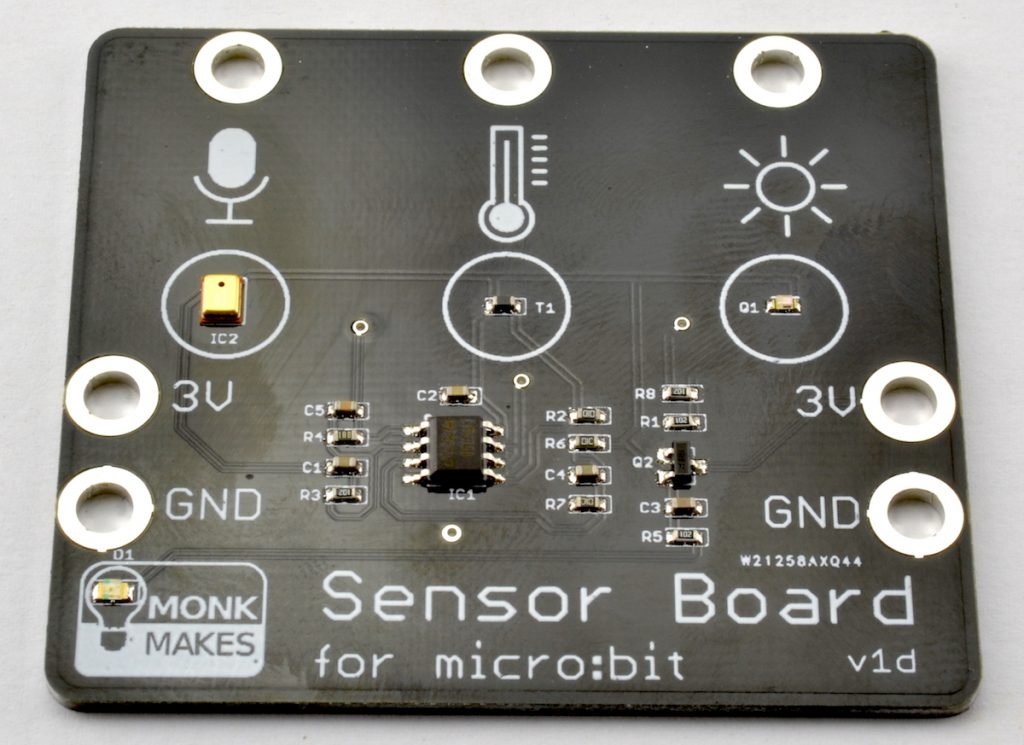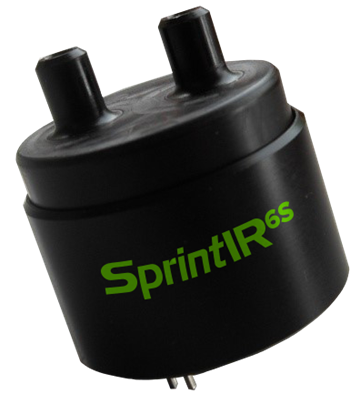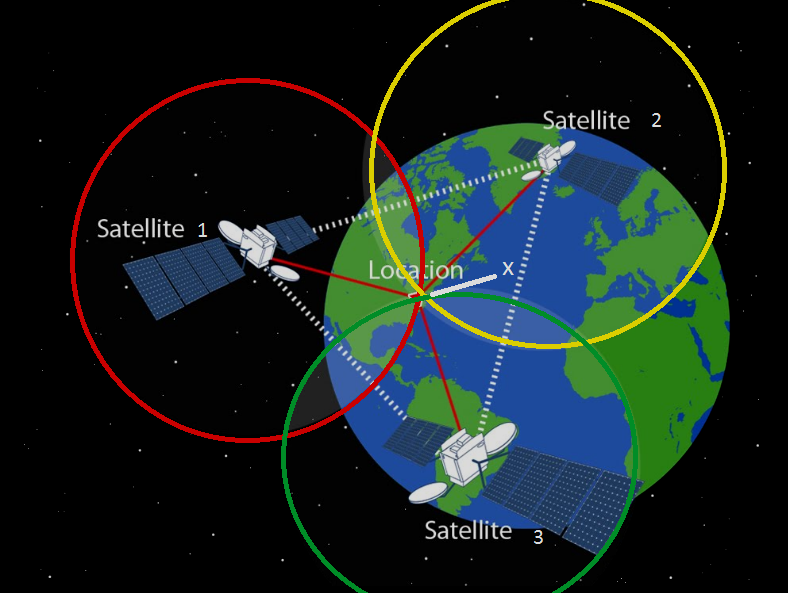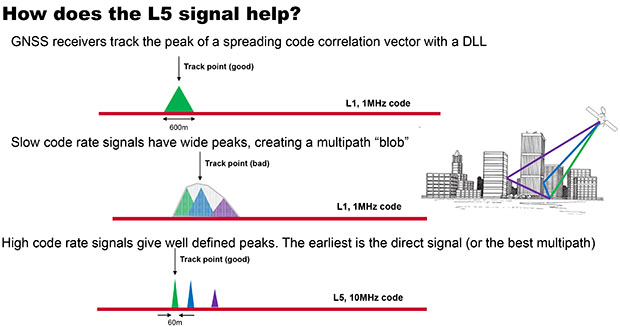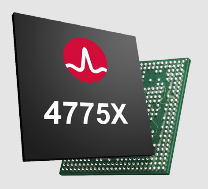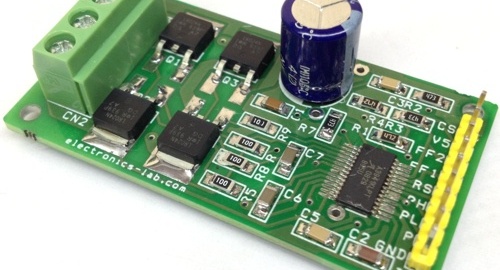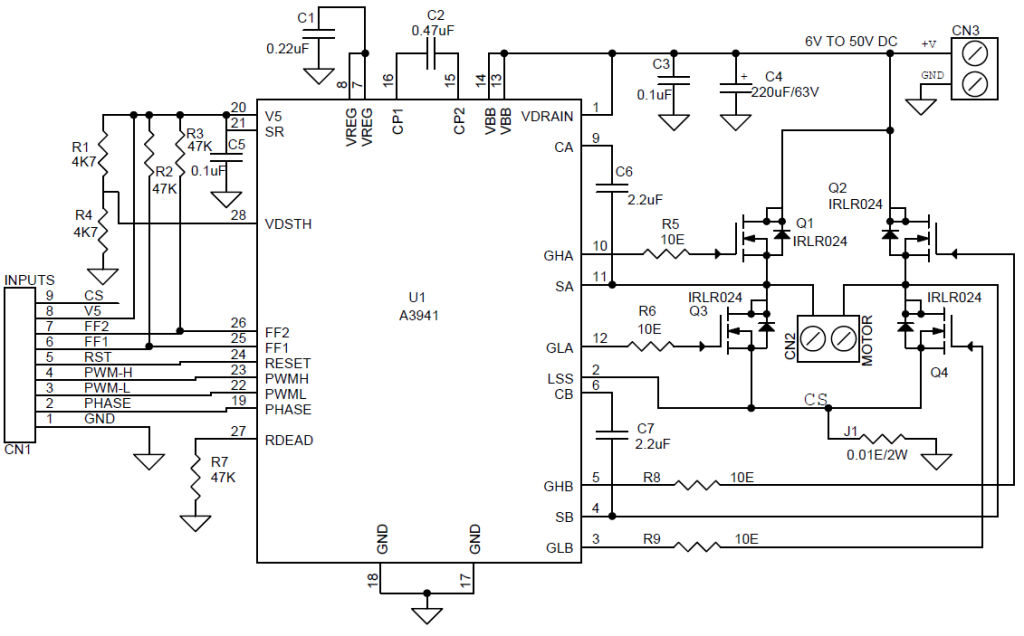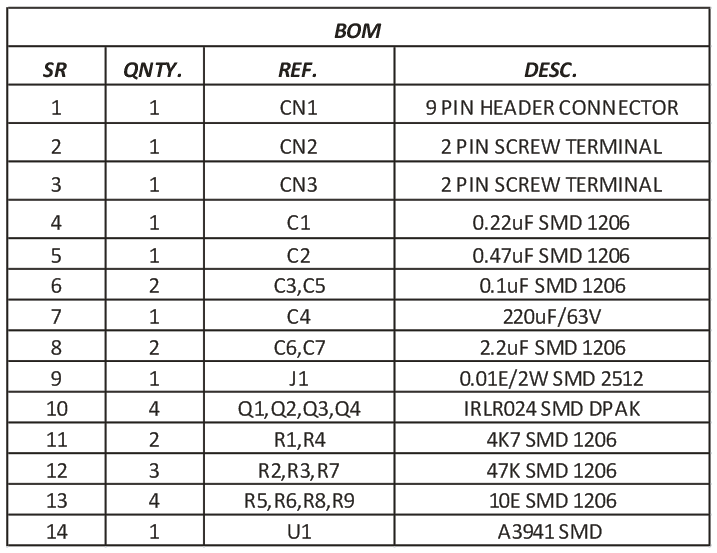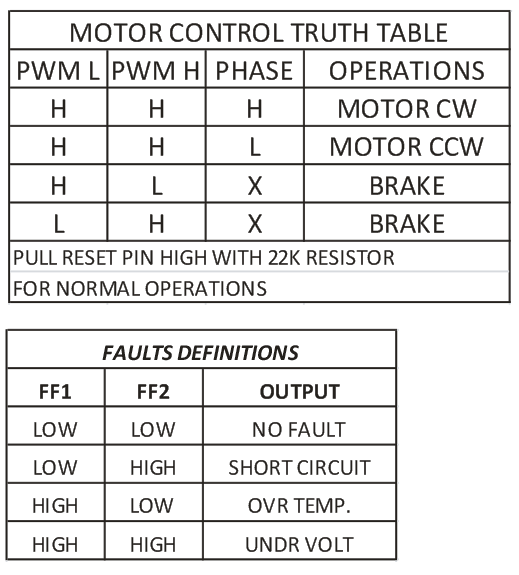Bosch Sensortec announces a world first in sensor technology: the BME280 Integrated Environmental Unit combines sensors for pressure, humidity and temperature in a single package. This unique sensor has been developed to support a broad range of emerging high performance applications such as indoor navigation, home automation control, personalized weather stations and innovative sport and fitness applications. The precise altitude measurement function of the BME280 is a key requirement in applications such as indoor navigation with floor tracking where exceptional accuracy, low temperature drift and high resolution are needed. Additionally, the BME280 has a best-in-class response time of just one second for humidity determination, excellent ambient temperature measurement and low energy consumption.
More precise measurement at lowest power consumption
With a small footprint of just 2.5 x 2.5 mm2and a height of 0.93 mm in a space-saving 8-pin LGA package, the sensor offers high design flexibility and is ideally suited for mobile devices with limited space such as smartphones, tablets, smart watches and electronic wristbands. Very low current consumption of only 3.6 µA (at 1 Hz) makes the BME280 Integrated Environmental Unit particularly suitable for battery-driven applications. Three power modes and separately configurable oversampling rates for pressure and temperature measurements allow designers to adapt the BME280 to a wide range of use cases.
The humidity sensor within the Integrated Environmental Unit measures relative humidity (0% to 100%) across a wide temperature range from -40°C to +85°C with a fast response time of less than 1 second. The humidity measurement accuracy is ±3% with a hysteresis of 2% or better, and the temperature reading accuracy is within 0.5°C.
more details on the Bosch Press Release.



